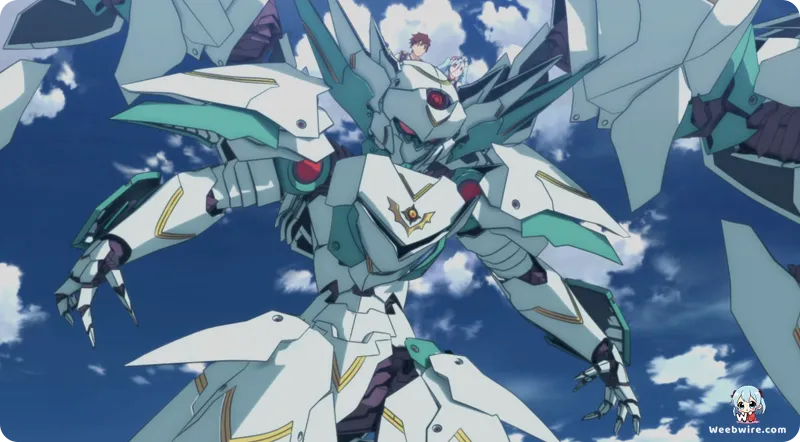The Ambition and Constraints Behind Comet Lucifer: Unpacking the Original Mecha-Fantasy Anime’s Unique Lore

The 2015 anime series Comet Lucifer remains a compelling artifact within the landscape of original mecha-fantasy productions. Spanning a concise 12-episode run, this high-concept narrative attempted the challenging feat of seamlessly merging disparate genres—high fantasy, science fiction, and mecha action—without relying on pre-existing source material. Unlike the numerous adaptations that dominate the market, Comet Lucifer, as a wholly original intellectual property, offers a fascinating window into the ambitious world-building and inherent production hurdles faced by creators starting from a blank slate.
Helmed by the veteran creative team of director Yasuhito Kikuchi and series composer Yuuichi Nomura, the entire universe, character roster, and sophisticated mechanical designs had to be conceived and executed rapidly. Kikuchi, renowned for his directional work on the iconic Macross Frontier franchise, brought a strong background in large-scale, emotionally resonant mecha opera, influencing the aesthetic and pacing. Nomura, with experience scripting for Mobile Suit Gundam AGE, further solidified the show's pedigree in handling intricate sci-fi elements, even when interwoven with magical powers, such as those manifested by the mysterious girl, Felia.
The world of Comet Lucifer is centered on the planet Gift, a setting intrinsically linked to its central conflict. Society there revolves around the deep mining of 'Gifts,' rare crystals that serve as both energy sources and magical catalysts, creating a unique structure where resources and magic are fundamentally intertwined. This focus provides a fresh backdrop compared to traditional futuristic or medieval fantasy settings. The mecha featured, known as the Guardian units, firmly anchor the show in the mecha genre, especially through the journey of protagonist Sōgo Amagi and his piloting prowess.

One element that captures fan curiosity is the character of Moura, the show’s seemingly innocuous, vaguely reptilian mascot. Far from mere comic relief, Moura is revealed to be an ancient, powerful entity capable of transforming into the crucial core control unit for the Guardian mecha. This stark duality, where immense lore and power are hidden beneath a cute exterior, elevated Moura beyond typical sidekick status, making its transformation sequences highly anticipated moments. Adding thematic depth, the series employs consistent astronomical naming conventions, from the title itself, Comet Lucifer (meaning 'light-bringer'), to various locations and characters, suggesting a grand, epic scope intended by the creators.
The production committee also ensured a high-quality presentation through its musical selection, featuring the evocative opening "Story" by fhána and the emotional ending "Oto Kage" by Ayaka Ohashi. This musical direction often provided a necessary emotional counterpoint, anchoring the youthful optimism of Sōgo and Felia against the darker reality of military intrigue and resource exploitation on Gift. Ultimately, Comet Lucifer stands as a compelling case study of creative ambition meeting broadcast constraints, yielding a series rich in unique lore and character dynamics that continues to reward viewers who delve into the intricacies of original anime world-building.
Credits
Comet Lucifer
Author
Yuuichi Nomura
Cover Art
Katsuhiro Kumagai
Studio
8-bit
Publisher
Comet Lucifer Production Committee
Producers





